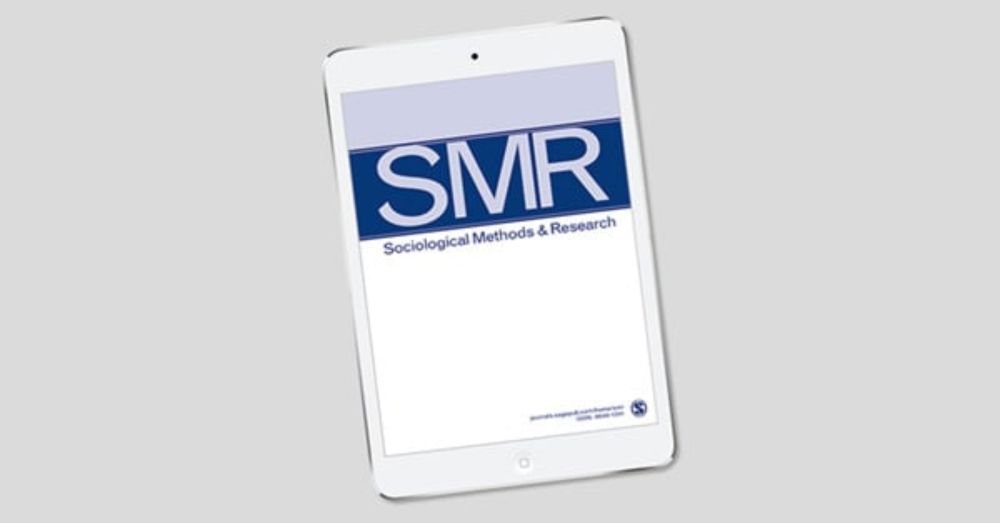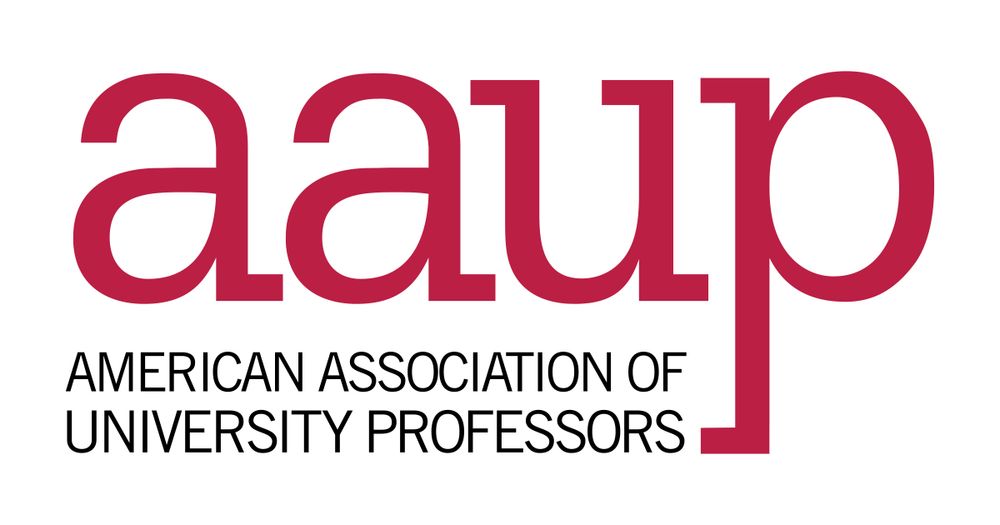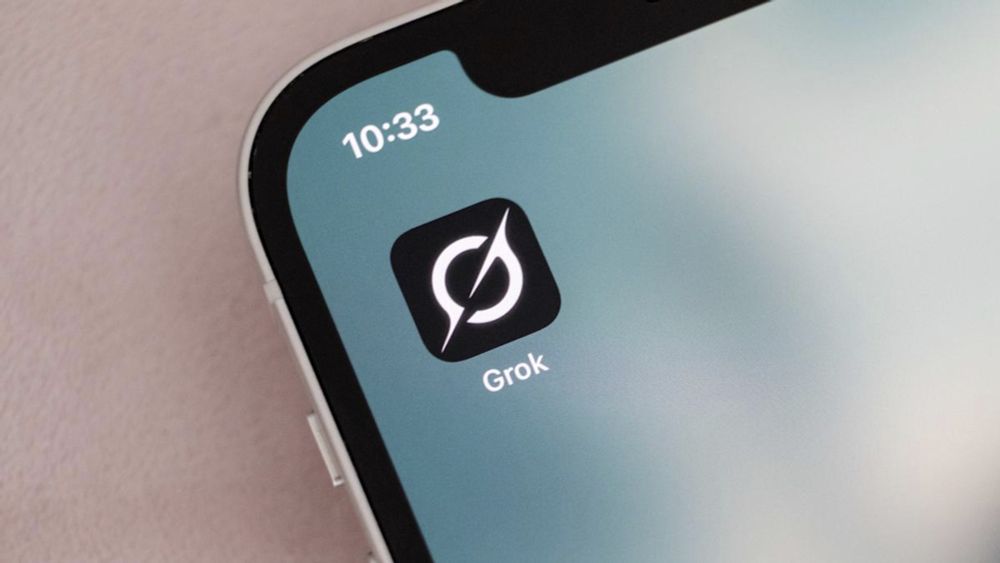Sol Messing
@solmg.bsky.social
1.6K followers
550 following
200 posts
Social Scientist/Research Prof at NYU CSMaP, formerly Twitter. http://solomonmg.github.io
Posts
Media
Videos
Starter Packs
Sol Messing
@solmg.bsky.social
· Aug 28
Sol Messing
@solmg.bsky.social
· Jun 21
Hannah Waight
@hwaight.bsky.social
· Jun 18

Quantifying Narrative Similarity Across Languages - Hannah Waight, Solomon Messing, Anton Shirikov, Margaret E. Roberts, Jonathan Nagler, Jason Greenfield, Megan A. Brown, Kevin Aslett, Joshua A. Tuck...
How can one understand the spread of ideas across text data? This is a key measurement problem in sociological inquiry, from the study of how interest groups sh...
journals.sagepub.com
Sol Messing
@solmg.bsky.social
· Jun 20
Sol Messing
@solmg.bsky.social
· Jun 20
Sol Messing
@solmg.bsky.social
· Jun 20
Sol Messing
@solmg.bsky.social
· Jun 20
Sol Messing
@solmg.bsky.social
· Jun 20
Sol Messing
@solmg.bsky.social
· Jun 20
Sol Messing
@solmg.bsky.social
· Jun 20








